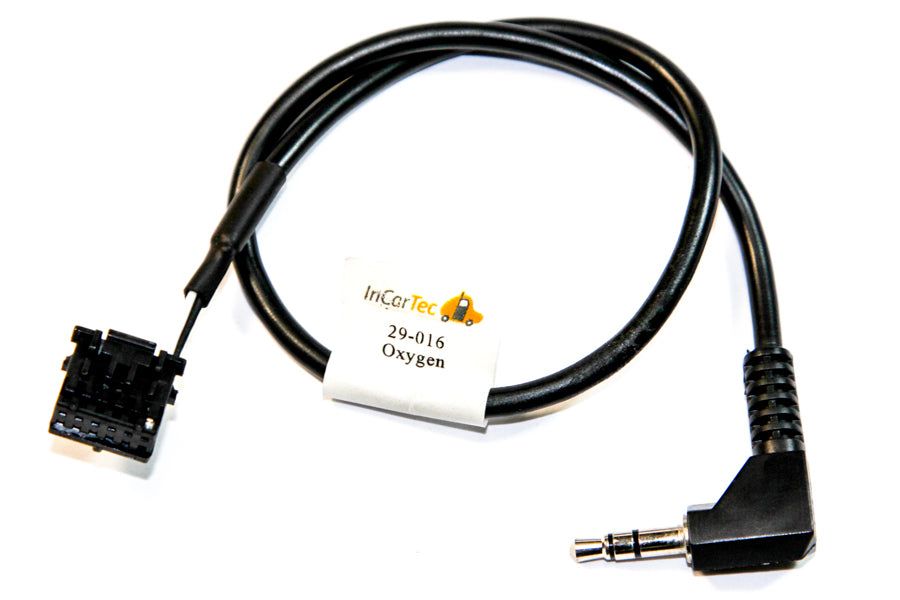
Resistive Programming (3.5mm Jack) Patch Lead for 29-XXX Series Steering Control Interfaces
The 29-XXX series steering control interfaces are a range of products designed to provide a reliable and cost-effective solution for controlling the direction of a vehicle. These interfaces are used in a variety of applications, including automotive, marine, and industrial applications. The 29-XXX series steering control interfaces are designed to be used with a resistive programming (3.5mm jack) patch lead. This patch lead is used to connect the interface to the vehicle’s steering system, allowing the user to control the direction of the vehicle.
What is a Resistive Programming (3.5mm Jack) Patch Lead?
A resistive programming (3.5mm jack) patch lead is a type of cable that is used to connect the 29-XXX series steering control interfaces to the vehicle’s steering system. The patch lead is designed to provide a reliable connection between the interface and the steering system, allowing the user to control the direction of the vehicle. The patch lead is typically made from a durable material, such as PVC or rubber, and is designed to withstand the harsh conditions that are often encountered in automotive, marine, and industrial applications.
How Does a Resistive Programming (3.5mm Jack) Patch Lead Work?
A resistive programming (3.5mm jack) patch lead works by connecting the 29-XXX series steering control interface to the vehicle’s steering system. The patch lead is designed to provide a reliable connection between the interface and the steering system, allowing the user to control the direction of the vehicle. The patch lead is typically made from a durable material, such as PVC or rubber, and is designed to withstand the harsh conditions that are often encountered in automotive, marine, and industrial applications.
The patch lead is typically connected to the 29-XXX series steering control interface via a 3.5mm jack. The jack is designed to provide a secure connection between the interface and the patch lead, ensuring that the connection is reliable and secure. Once the patch lead is connected to the interface, the user can then control the direction of the vehicle by sending signals through the patch lead.
Benefits of Using a Resistive Programming (3.5mm Jack) Patch Lead
There are several benefits to using a resistive programming (3.5mm jack) patch lead for the 29-XXX series steering control interfaces. The first benefit is that the patch lead provides a reliable connection between the interface and the steering system, allowing the user to control the direction of the vehicle. The patch lead is also designed to be durable, ensuring that it can withstand the harsh conditions that are often encountered in automotive, marine, and industrial applications.
Another benefit of using a resistive programming (3.5mm jack) patch lead is that it is easy to install and use. The patch lead is designed to be connected to the 29-XXX series steering control interface via a 3.5mm jack, making it easy to connect the interface to the steering system. Once the patch lead is connected to the interface, the user can then control the direction of the vehicle by sending signals through the patch lead.
Conclusion
The 29-XXX series steering control interfaces are designed to be used with a resistive programming (3.5mm jack) patch lead. This patch lead is used to connect the interface to the vehicle’s steering system, allowing the user to control the direction of the vehicle. The patch lead is typically made from a durable material, such as PVC or rubber, and is designed to withstand the harsh conditions that are often encountered in automotive, marine, and industrial applications. The patch lead is also easy to install and use, making it an ideal solution for controlling the direction of a vehicle.
